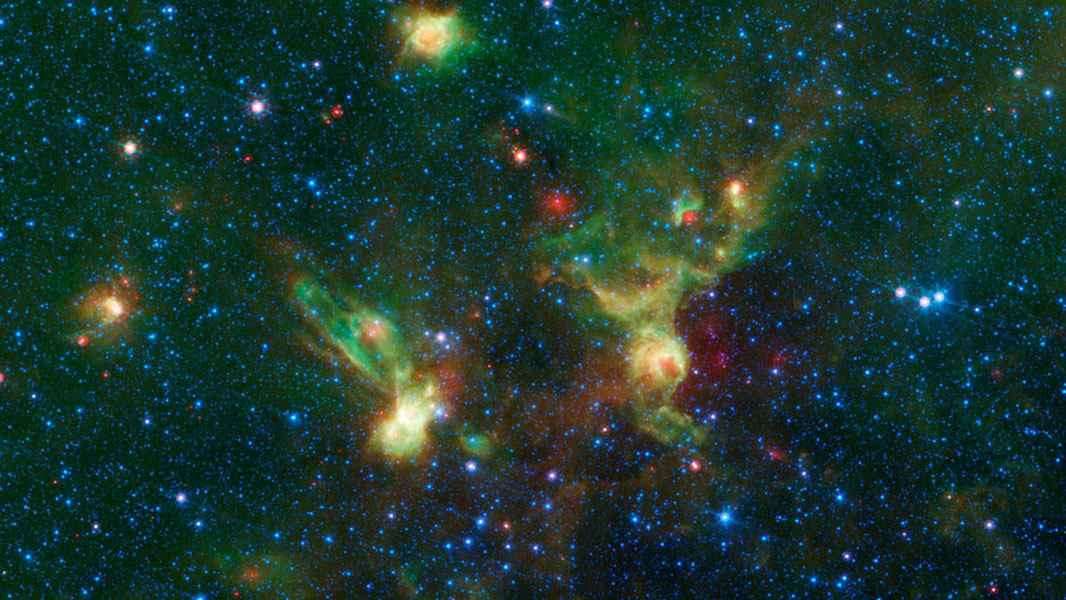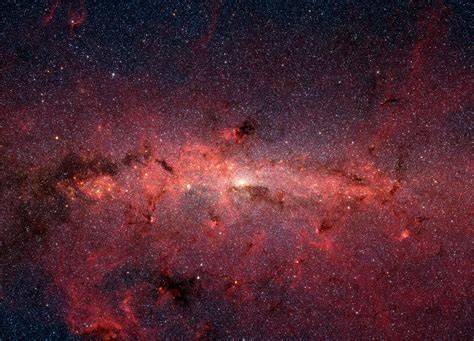
Astronomy for Beginners: The Stars
The stars in our universe vary greatly. They are all different sizes and colors. Stars also have a lot of common attributes too though. Instead of talking about how they are unique, I will discuss how they are similar today.Read on if you are interested in finding out more about these incredible objects.
Stars Around Us

Within our own solar system there are untold numbers of stars. If you happened to somehow leave our galaxy then the number of stars increases exponentially. So the first thing we want to do is figure out how far away all thesestars are. When we figure out distances to the stars their other properties can also be inferred to a decent degree of accuracy.
Stellar Parallax
Stellar parallax is the degree our view changes when an object is observed from two different points whether from telescope or with our eyes. It is also described as the displacement of a star as seen from Earth. This lets us calculate the distance between us and the object. this is done using angles between the points involved and geometry. The easiest object to practice this on would be our Moon. Distances are measured in arcseconds. The distance an object is away from us that has a parallax of 1 arcsecond is called a parsec, which is slightly over 200,000 AU. An AU is the distance from us to the Sun. Parallax decreases as the distance gets greater so we can use a formula to calculate it.
$$ distance =\frac{1}{parallax} $$
Motion of the Stars
The stars move. This may not be apparent, especially if you never thought about it before.They move very fast as well by our own standards. They are just so far away it is difficult to notice. They move across our sky a very small amount in a human lifetime. Stars have their own motion as they soar through the sky and they also rotate extremely quick too. Proper motion is how to describe a star's velocity.
Luminosity and Brightness
Every star has its own luminous qualities and apparent brightness as seen from Earth. A star’s apparent brightness depends partly on its distance fromEarth. So, the amount of light that reaches us varies inversely as the square of its distance from the source. Therefore, doubling the distance from a star makes it appear 4 times fainter. This means two different stars can appear to have the same brightness. If the brighter star is farther away than a slightly dimmer star then to us they could appear to be the exact same. Remember how we talked about inferring properties of stars once we know a few things about them?This is a good example. If we know a star’s distance through the use of parallax calculations and a particular star is farther away, but appears to have the same brightness, then we know it is inherently brighter and puts off more radiation than the other star.
Star Temperatures
Stars also have their own temperature ranges. Star temperatures can vary greatly. However, we can get an idea of its temperature from the star’s color. This is not very intuitive but red stars are a lot cooler than blue stars. Astronomers measure the temperature of a star by taking the brightness at several different frequencies. They then match these readings to a blackbody curve and see where they align. This will give the approximate temperature of the star.
Spectra of the Stars
Spectroscopy is a very useful tool. I talked about it in a past article and it has many uses. With stars, it is used to collect data on individual stars and then study the differences. The patterns are what tell us the differences and compositions of stars. Spectroscopy is a fascinating subject and can tell us so much just by looking at absorption lines.
Stellar Size